From the Rocky Mountains to the Bay of Fundy, Canada has some amazing natural wonders. It’s a good thing we have national parks to protect them! Starting with Banff National Park in 1885, 44 national parks have been established, with more on the way.
In this top ten, we take a look at some of these national parks and explore what makes them extra special.
1. Wood Buffalo National Park
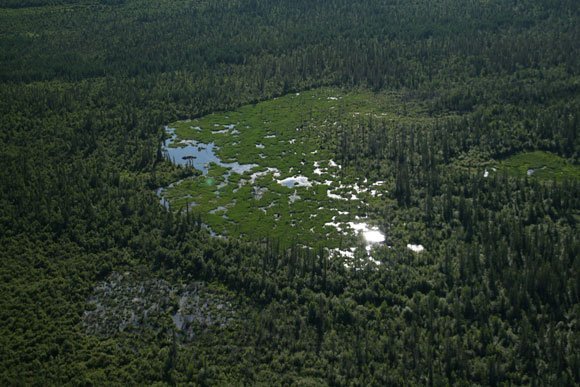
Canada has the world’s largest beaver dam in Wood Buffalo National Park. It’s about 850m long (that’s like 8 football fields!) and it’s so big, you can see it from outer space. In fact, it was discovered from a picture taken by a satellite camera. To learn more about the world’s largest beaver dam, click here!
2. Kluane National Park
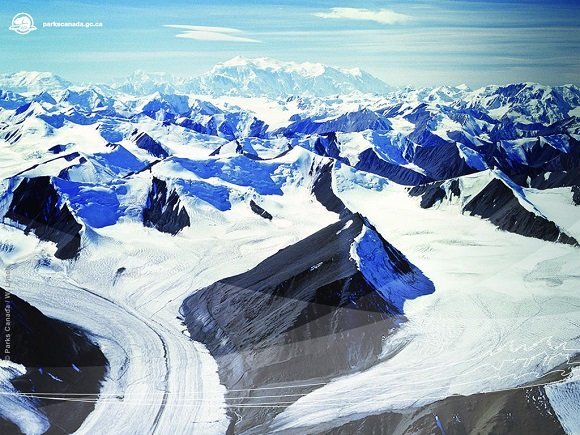
Mount Logan is the second tallest mountain in North America – and it’s still growing. The tectonic plates beneath this mountain at Kluane National Park are constantly moving and slowly pushing the mountain up. At 5,959m, it’s so high that many visitors never see the peak. Even when it’s not covered by clouds, it’s a difficult, off-trail hike to see the top even for experienced climbers. Click here to read more about Mount Logan and the many peaks of Kluane National Park!
3. Ivvavik National Park

The temperature isn’t the only extreme thing in Canada’s Arctic. At Ivvavik National Park, it stays dark for a whole month during the winter, and in the summer, there are two months of 24-hour sunlight. To learn more about Ivvavik National Park’s climate, wildlife, geology and vegetation, follow this link.
4. Fundy National Park
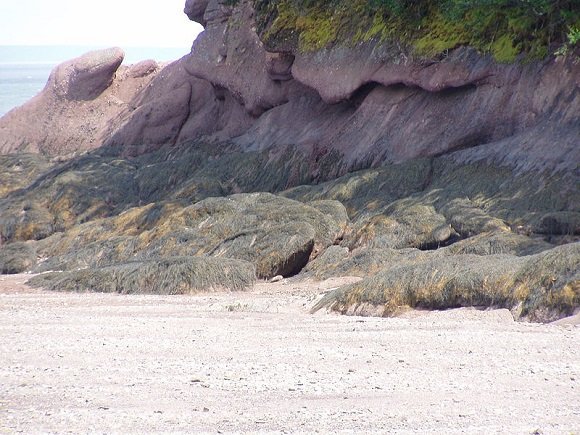
You can see the highest tides in the world at Fundy National Park, in New Brunswick. In some areas of the Bay of Fundy, the water rises 16 meters – that’s the height of a four-storey building! These powerful tides have carved out steep cliffs and tall rock formations called sea stacks. Check out more information about the tides at Fundy National Park by clicking here!
5. Fathom Five National Marine Park
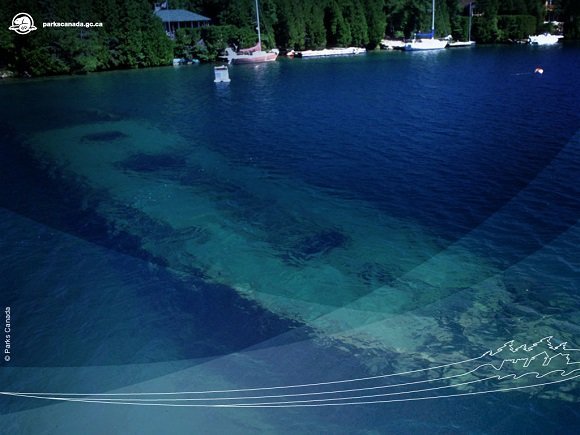
Many secrets lie beneath the waters at Fathom Five National Marine Park. Over 20 shipwrecks can be explored amongst ancient underwater trees. These trees are still rooted to the bottom of the lake after waters levels rose thousands of years ago. To find out how to explore Fathom Five National Marine Park’s underwater treasures, click here!
6. Grasslands National Park
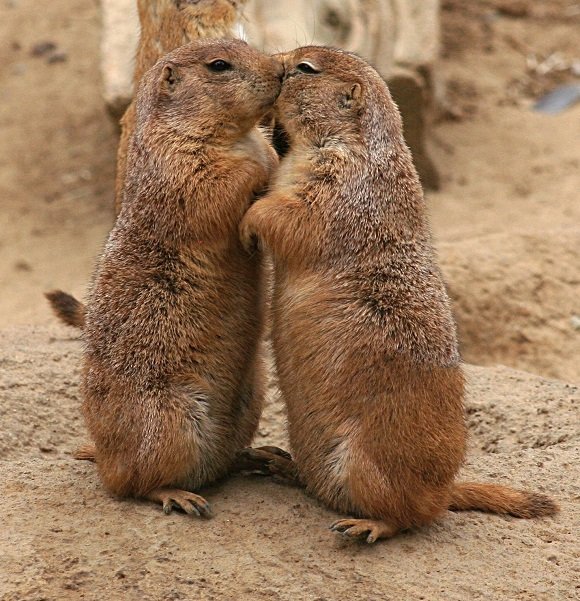
You can spy on the prairie dogs and plains bison at Grasslands National Park. Parks Canada helped reintroduce plains bison after they had been gone from the area for nearly 120 years. Today, there are over 300 bison in the park – see if you can catch a glimpse of them at: http://explore.org/#!/live-cams/player/plains-bison-grasslands-national-park-cam-2
7. Jasper National Park

Fire isn’t always a bad thing. Parks Canada starts controlled, “prescribed fires” in places like Jasper National Park. Regular forest fires actually create a diversity of plants in the environment, which provides homes for animals and helps prevent uncontrollable wildfire. To learn more about the benefits of these prescribed fires, click here.
8. Gwaii Haanas National Park Reserve, National Marine Conservation Reserve and Haida Heritage Site
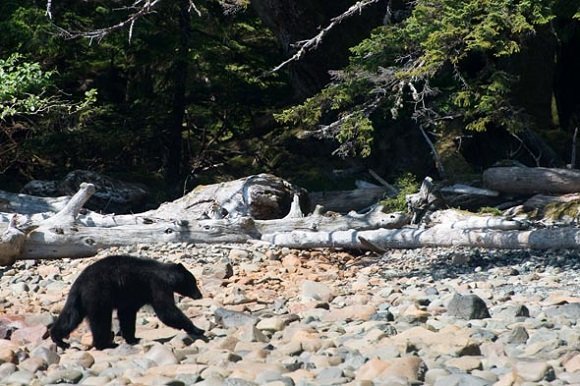
Did you know that there is a type of bear only found in Canada? The Haida Gwaii black bear have survived off of salmon and shellfish for so long that they’ve developed larger jaws and teeth than other black bears. They live in Gwaii Haanas National Park Reserve, National Marine Conservation Reserve and Haida Heritage Site and other parts of these islands off the coast of British Columbia. Click here to know more about the Haida Gwaii black bear and to know what to do if you see one!
9. Wapusk National Park
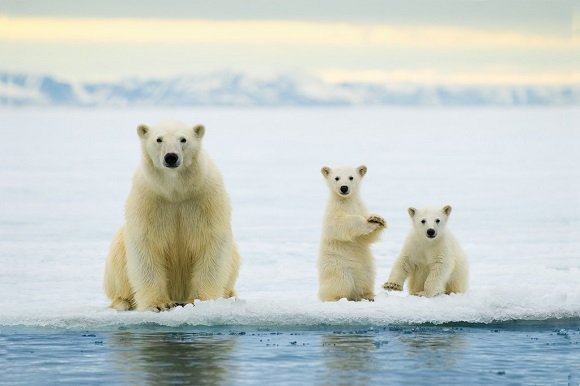
Canada is home to one of the world’s largest known polar bear maternity denning areas. At Wapusk National Park, female polar bears give birth to and nurture their young in dens. There are over 900 polar bears in the park! In the Cree language, “Wapusk” means “white bear.” Find out more about polar bears and see a photo gallery of polar bear cubs here!
10. Sable Island National Park Reserve
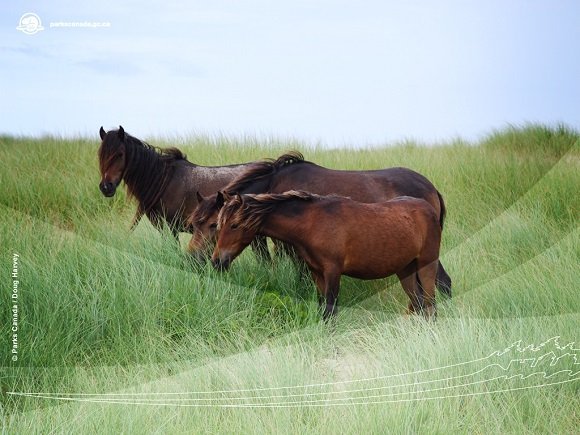
Sable Island National Park Reserve is home to around 500 wild horses that roam the island freely. They eat grass and other plants on the island, but they also eat kelp and seaweed that washes up on the beach. Since 1583 there have been over 350 recorded shipwrecks on the island, earning it the title of “Graveyard of the Atlantic.” To know more about Sable Island’s wild horses, shipwrecks and other natural and cultural treasures, click here.
Do you know anything cool about Canada’s national parks? Let us know by leaving a comment!
Parks Canada is proud to connect youth to Canada’s natural wonders and historical treasures. To learn more about Parks Canada’s species at risk work, click here.
Earth Rangers is a non-profit organization that works to inspire and educate children about the environment. At EarthRangers.com kids can play games, discover amazing facts, meet animal ambassadors and fundraise to protect biodiversity.



PLEASE READ! We all know the environment is very important!
It’s also the most beautiful thing you’ll ever se!
The world is HUGE! Which means there’s a lot of beauty!
I LOVE nature! Do you? GO EARTH RANGERS GO!
Comment down bellow about what you think about my comment.
I love it! Getting outdoors in nature can really be a breathtaking experience!
I LOVE YOUR STYLE !!!!!!!!!!!! NATURE ROCKS!!!!!!!!
I find nature SOOOOO awesome, sometimes I seek into the family room and take the camera on the shelf and run outside to take pictures of whatever there is outside!
My favourite is the Wapisk National Park!
People thought that Canada does’t have that much animals. But, they are wrong.
yes oh yes they are wrong!
That is amazing
I went to Jasper this year. we saw a lot of elk including a big one rubbing the velvet off of his antlers on a little tree. we also got to hear him call to the rest of his group. we also saw a herd of mountain sheep and a blue herring. On the day we drove there mount Robson was clear no clouds in sight. we walked down a little trail and saw salmon jump up the falls. we had an awesome trip!!! 🙂
cool!!!!!!!!!!!!!!!!!!
the prarie dogs are kissing whut r dey doig
4,6,8,9 and 10 are my faves!
I go to Jasper every weekend and it’s great! The mountains are so beautiful and everything is so beautiful. I love national parks!
I love jasper park because of the pure nature.
AMAZING!!!!!!!
those animals are so cute